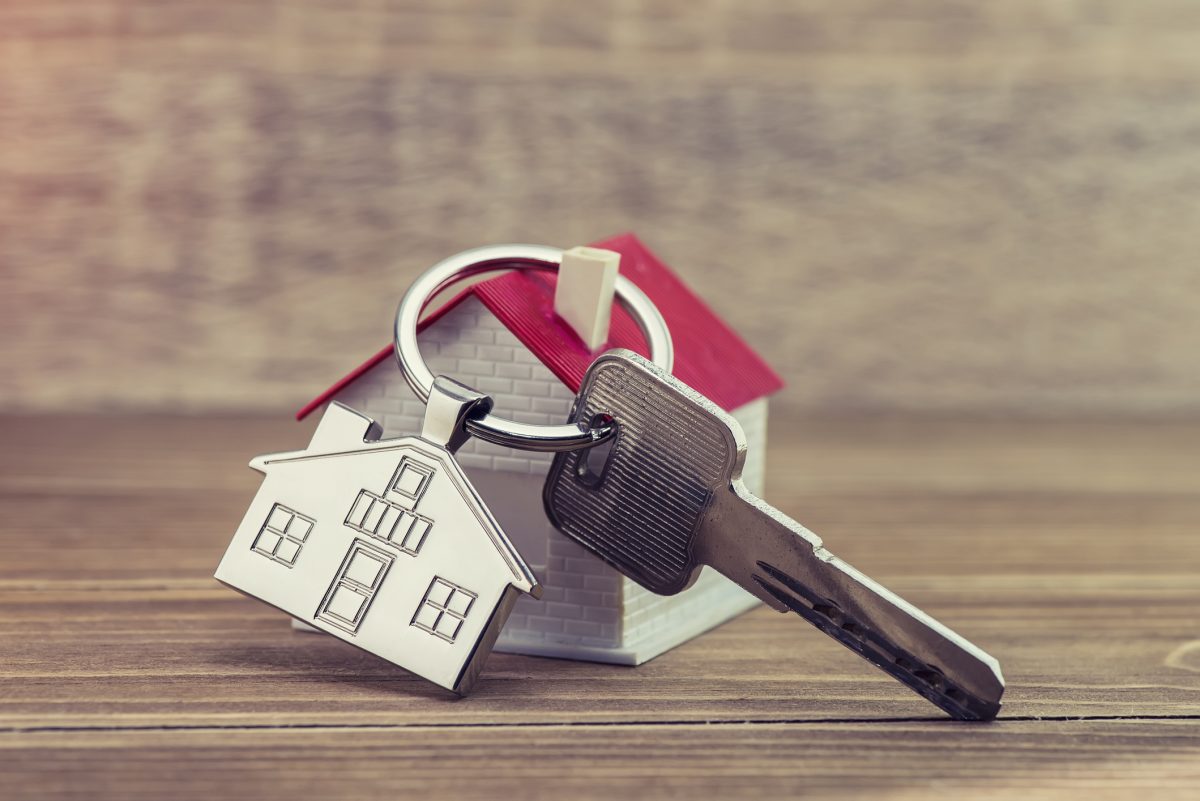 One of the most stressful things about selling a home is how long the process can take. The longer it’s on the market, the longer you have to keep it looking spotless, the longer you have to be ready for a showing at a moment’s notice, and the more likely you are to endure a price drop.
One of the most stressful things about selling a home is how long the process can take. The longer it’s on the market, the longer you have to keep it looking spotless, the longer you have to be ready for a showing at a moment’s notice, and the more likely you are to endure a price drop.
Usually, home sellers list their house for sale with a decent idea about how long it might take. They know how quickly other homes in their neighborhood sell, and they can get data online or from their real estate agent, on the average time on the market in their area.
When the typical time for a home on the market passes by and your house isn’t sold yet, it’s easy to start worrying and asking yourself what’s wrong. In most cases, if your home is not selling, it’s probably one of these three things.
It’s not getting enough exposure
It’s fairly easy to tell if a lot of people are interested in your home. You’ll have a lot of showings. The online listing of your home will have a lot of views and saves. If those things aren’t occurring, it could mean that your home is lacking exposure.
About 93 percent of all would-be homebuyers start their search online, according to the National Association of Realtors, and not all of those buyers use the same search engines or listings websites. If your listing isn’t high in the search rankings or it’s not posted enough around the internet and shared on social media, your foot traffic can suffer.
Keep in mind, too, that if the count of online views is low, it might mean that your listing’s main photo isn’t that appealing. Think about sprucing up your curb appeal and re-taking your home’s main exterior photo, at least before committing to a price drop. It’s a simple way to see if you can boost page views.
It’s not priced right
If your home is getting a lot of views online and a lot of visitors (via virtual tours or in-person visits), but you’re not getting any serious interest, the home might be priced too high. Especially if you’re in a seller’s market, where buyer demand is high, and the inventory of homes for sale is low. You should receive purchase offers if the home is priced correctly and marketed well.
Remember that a home is worth what a buyer is willing to pay for it. The asking price for your home shouldn’t be based on what you paid for it, what your neighbor sold their home for a year ago, or what you feel you “have” to get for it.
An experienced listing agent should be able to show and explain to you a comparative market analysis, which is a data-driven guide for pricing your home correctly.
It’s not in the right condition
If your home is marketed well and priced in line with competing homes for sale in the area, then perhaps it’s not in the condition homebuyers want.
You hear the term “move-in ready” a lot, and some buyers won’t settle for less. Let’s your home and a home down the street are the same size, age, and price, but your roof, windows, or furnace are older. You might have to bring your home more up to date. If there’s wear-and-tear that’s excessive, you might have to remedy it.
If you want to sell your home without getting it into tip-top shape, that’s fine too. In that case, however, you’ll likely have to adjust your price accordingly. There’s a fair price for every home’s condition.
The bottom line
It’s a bad feeling when you’re trying to sell your home and it languishes on the market. If that’s the case, however, the problem is usually one of three things, which are mostly easy to fix. When you choose us as your realtor, we will help in making suggestions to maximize your home’s impact on the market, as well as help, identify issues that may be points of difficulty for a potential buyer. Give us a call at (651) 503-4158 and we’ll help you get started!
Image credit: Feverpitched| iStock | Getty Images Plus



 If you’ve recently been involved in a home search, you’re probably familiar with the term “move-in ready.” It’s used to convey to homebuyers that the home they’re looking at doesn’t need any work. You can get the keys and make yourself at home.
If you’ve recently been involved in a home search, you’re probably familiar with the term “move-in ready.” It’s used to convey to homebuyers that the home they’re looking at doesn’t need any work. You can get the keys and make yourself at home.